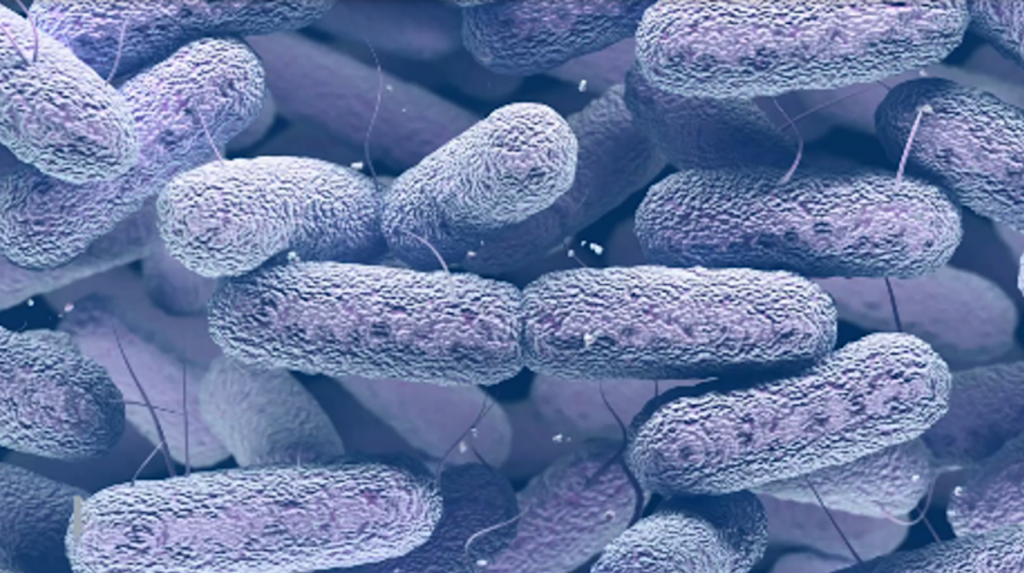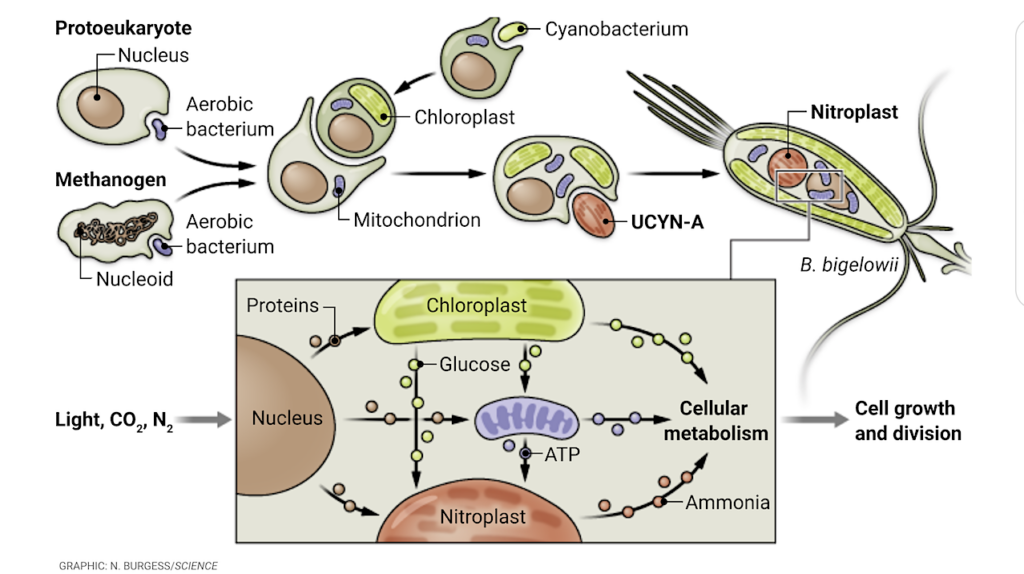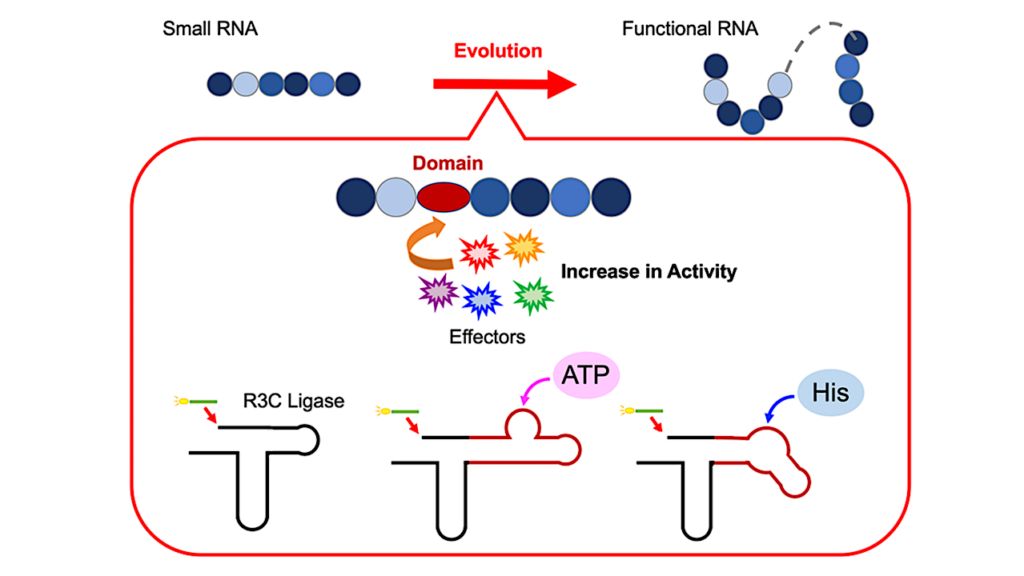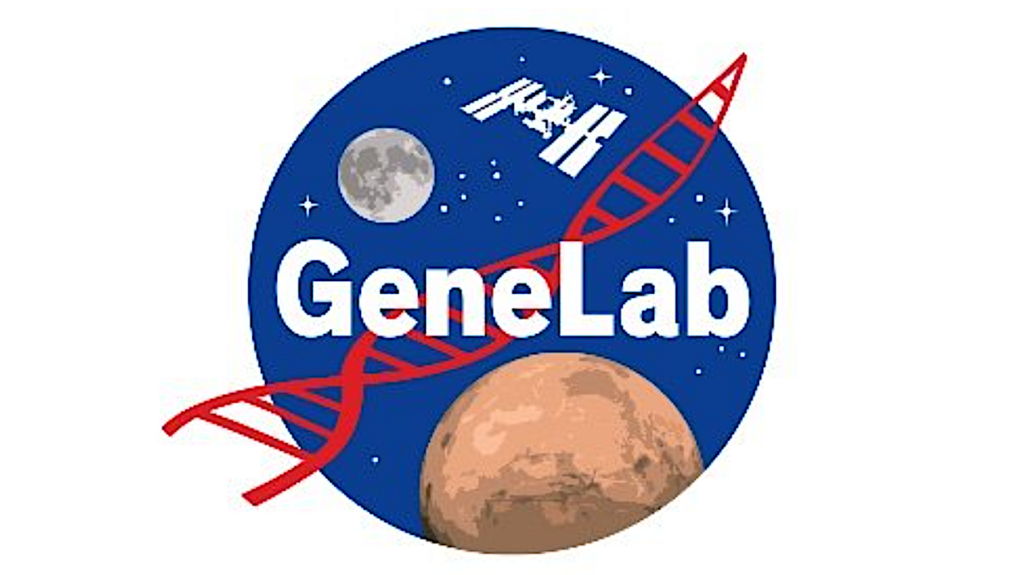Evolution of the Gut
Researchers from NAI’s University of Hawai’i team have a paper in the September 17 edition of Nature about the evolution of the animal gut. For more than 100 years zoologists have speculated about scenarios of how the bilaterally symmetrical animals (animals that have a left and a right side, like flies, fish, and humans) evolved from a simple circular (radially symmetric) ancestor that looked similar to jelly fish or corals. In the commonly presented scenarios this transition is connected to the evolution of a through-gut with an anterior mouth and posterior anus. It has been thought that both openings emerged simultaneously from a single embryological opening through which the inner tissues enter (called blastopore).
Recent molecular phylogenies however, place the marine acoel flatworms at the base of the bilaterally symmetric animals. Acoels are thus survivors from the Pre-Cambrian era that retain many ancestral characters (e.g. a nervous system composed of multiple nerve cords and only one opening to their digestive system). One can see Acoels as an evolutionary stepping stone that offers clues about the sequence of character evolution of bilateral animals.
To find out how the acoel digestive system, with its single opening (“mouth”), is related to the through gut present in some bilaterians like humans and flies, the researchers looked at the expression patterns of genes that play a role in the formation of both the mouth and the anus in bilaterian animals.
They were able to show that the sac-like gut of the bilaterian ancestor possessed a single opening that was inherited as the mouth in such diverse animals like flies and sea stars. Furthermore, the team accumulated evidence from gene expression patterns that the anal orifice evolved independently in different animal lineages, possibly in association with the gonoduct (the duct through which eggs and sperm are released). The independent evolution of the anus can be explained by the increase in body size and an elongation of the body. Increased energetic needs and a long blind gut would have made sorting food and waste through a single opening inefficient.
Their work, in conjunction with a better understanding of the evolutionary relationships of animals, clearly rejects previous ideas found in every zoology text book about the evolution of the last common ancestor of flies and humans from a radial symmetric animal (e.g. the Gastraea-Hypothesis of Ernst Haeckel). The team states that this ancestor that lived over 550 myr ago, before the radiation of the bilateral animals was far less complex morphologically than previously thought. At this time our ancestors were hermaphroditic worms, that had only a mouth and no anus. We literally had to spit out our undigested food. Our ancestor was likely a very small, soft-bodied animal that lived between the sand grains in the ocean, similar to the life-style of most acoel species. This also explains why no fossils have yet been found of these animals. The team is certain that their ongoing studies of the nervous system of these worms will yield to similar important insights into the evolutionary roots of the human brain and spinal cord.
Source: NAI Newsletter








